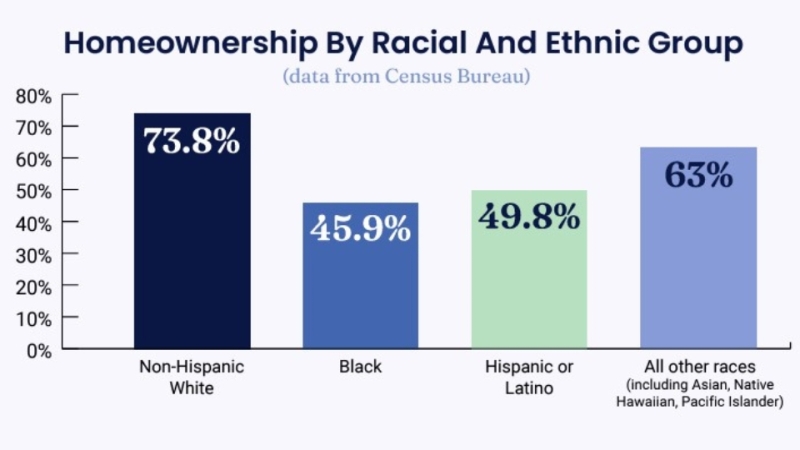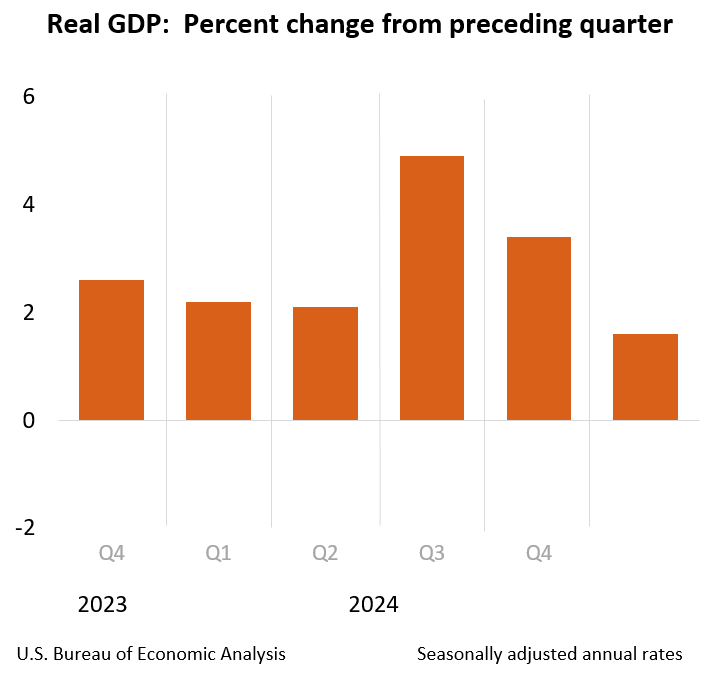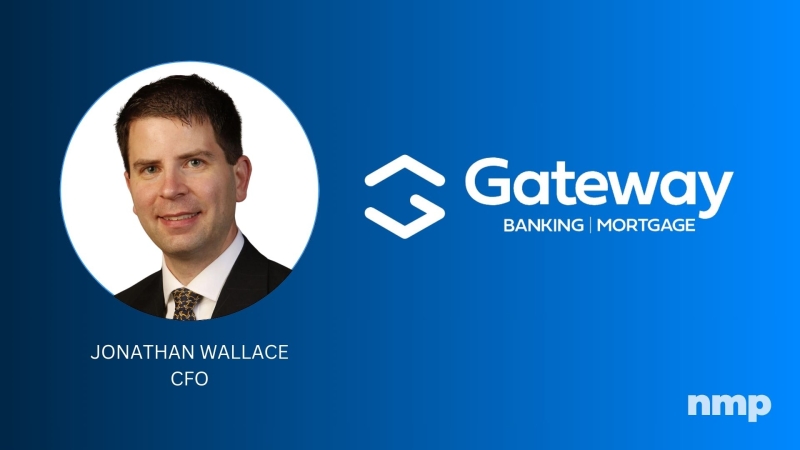Advertisement
Five Subtle Ways to Increase Profitability

Many mortgage companies are experiencing very prosperous and perhaps even record-breaking numbers in today’s economic climate. It seems in spite of the numerous regulatory hurdles, compliance protocol and an overall difficult lending environment mortgage banks continue to adapt, implement, perfect and move forward. As we all know the mortgage business can, at times, be highly competitive. Each lender is looking to maximize every dollar while attempting to keep their pipelines full with fruitful business. Ever wonder how the really successful and efficient mortgage operations seem to constantly be firing on all cylinders? How they capture every opportunity and maximize every dollar of profitability that goes along with it? Below are a few avenues in which most successful mortgage lenders maximize every basis point of production they can muster.
For those that are Ginnie Mae issuers, one way to squeeze every ounce out of your swath of loans is to consider custom low loan balance pools. The pay-up on these types of pools can be well worth the few added steps it takes to securitize them. The pool options are <85, <110, <125 and <150 with pay-ups, which are coupon and market dependent, running upwards of 125 ticks. This is especially true if you have a few broker dealers that have an appetite for this type of production. For those of you in the Midwestern states, where this type of production is more prominent, and have this type of business in the pipeline it’s a great opportunity to take advantage of better execution. As you can probably tell the increased pickup is extremely advantageous to the bottom line.
Along the same vein as the avenue mentioned above is to take advantage of Fannie Mae’s low loan balance pickup on conventional production. During 2016 Fannie Mae implemented better execution for smaller loan amounts (i.e. below $175,000) through their cash window and it’s certainly been a welcomed surprise among those lenders that have pipelines full of this type of production. In connection with this the release of their new “HomeReady” product seems to fit the bill to support this type of business and is made especially true given you can comingle this product with the your standard 30 year products, unlike its predecessor the “My Community” mortgage.
Although there are other secondary options to help increase profitability let’s move on to another aspect of the business that is never without merit and that is cost controls. As we all know technology has become a key and integral part of any efficient and profitable mortgage operation. A successful and profitable mortgage enterprise embraces these synergies to cut costs and streamline every aspect of their business. Examples of these opportunities include, but are not limited to, online secondary modeling, logistical warehouse efficiencies, eDisclosure opportunities and much more.
Online secondary modeling has become an outstanding way to reduce pipeline hedge costs by eliminating the need for a hedge advisor for every aspect of your business. For those that have moderately experienced staff an online model for analyzing hedge positions, taking out trades and delivering loans is a great way to eliminate costs by reducing some of the expenses typically included with a robust hedge analyzing firm. Becoming more efficient with this aspect of the business can lead to a “cleaner” warehouse line with reduced fees, less interest and more operating capacity. There is nothing more strenuous than a tight operating line with seasoned loans eating up profitability. Becoming more efficient on the back-end with these tools can help lead to more efficiencies which can lead to an increased bottom line.
e-Disclosures isn’t a new concept, but I’m surprised how many lenders have yet to leverage this technology to their advantage. Allowing clients the opportunity to sign their preliminary disclosures electronically can, at times, be easier for them, while at the same time, reducing costs associated with printing every single document package. This is especially true for those lenders that consummate a significant amount of business. With the development of the Millennial population lenders who fail to offer this type of resource to their clients could cost themselves business, while at the same time, reducing needless expenses. Failing to adapt to developing and widely accepted technological practices are often times what lead to poor business models. Forward thinking and adaptation are a huge key in the ability to navigate today’s waters effectively.
Another key to maximizing profitability is to invest, promote and utilize a CRM system. Many mortgage companies often forget this aspect of the business yet is one that may be the most important. The right customer retention management software can ensure you receive not only repeat business from a past client but also from their family, friends, colleagues, acquaintances and more. In connection with this a CRM system can help you leverage synergies to build a great referral base. After all, you are typically marketing to individuals who know you, have done business with you and know the value of what you can bring to the mortgage lending experience. Another great feature is the ability to co-brand your referral sources to the marketing pieces that are sent to your data base. Imagine being a real estate agent and knowing that every time he or she refers a deal to you that they have free advertising on the back-end from origination all the way through and beyond post-closing.
The economic climate and regulatory environment that we are all saturated with has and will continue to impact key components of the single family residential mortgage business. It’s no secret that the little things in any business venture are what help build and lead the processes that define and cultivate a successful mortgage operation. It sounds so simple, but what Marcus Lemonis (star of CNBC’s “The Profit”) preaches, “People, Processes and Product” is so true.
A profitable mortgage operation doesn’t happen by circumstance. It takes careful thought, great efficiencies, effective processes, the right people, utilization of technology and a plethora of other items. Take the time to honestly evaluate your business model along with the processes and techniques in which they foster and you might find some real opportunity to not only increase profitability but also production. Are there opportunities wasted, ideas that can lead to increased production, synergies that can be leveraged with a technological vision?
The answers to these can transform a business and lead to a changed culture along the way. Hard conversations shouldn’t be taken lightly and are what often foster successful and profitable growth.
 Shawn Von Talge is vice president of Flat Branch Home Loans, a full-service independent mortgage banker with a TPO division (Flat Branch Mortgage Services). The company currently employs 180-plus employees, is licensed in five states (Missouri, Illinois, Kansas, Arkansas and Oklahoma) and possesses strong ties to the real estate agent community. In 2011, Flat Branch was named to Inc. Magazine’s “500 Fastest Growing Companies.” Shawn may be reached by e-mail at [email protected].
Shawn Von Talge is vice president of Flat Branch Home Loans, a full-service independent mortgage banker with a TPO division (Flat Branch Mortgage Services). The company currently employs 180-plus employees, is licensed in five states (Missouri, Illinois, Kansas, Arkansas and Oklahoma) and possesses strong ties to the real estate agent community. In 2011, Flat Branch was named to Inc. Magazine’s “500 Fastest Growing Companies.” Shawn may be reached by e-mail at [email protected].
This article originally appeared in the October 2016 print edition of National Mortgage Professional Magazine.
About the author





